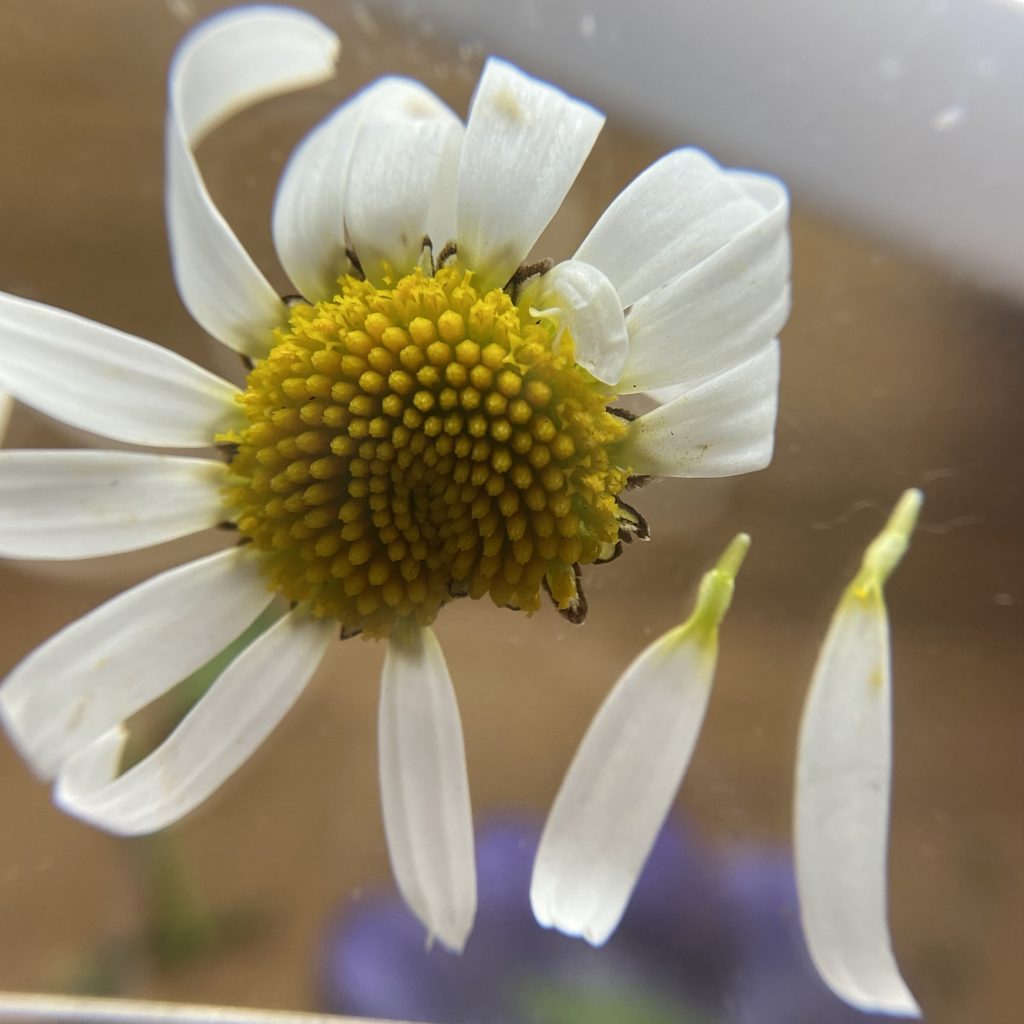
I’ve embedded my plant dissections from thinglink. I had to re-pick samples so often that I am worried about the localized near flower biome. Quite an experience! I could not decide on a consistent format.


I’ve embedded my plant dissections from thinglink. I had to re-pick samples so often that I am worried about the localized near flower biome. Quite an experience! I could not decide on a consistent format.
Dear Olivia,
I can access your fireweed dissection with the ThingLink you have provided. Could you please share the other links as well. The images and descriptions are very well done. Some of your close-up images are stunning, especially the papillate stigma surface, wow! Have another look at the gynoecium, the ovary in fireweed is inferior and there is a hypanthium. So the petals, stamens and sepals are fused all around and to the ovary and they are found where the hypanthium ends and the style is found. The hairy part at the base of the style is not the ovary it is still the style where it transitions into the ovary and the end of the hypanthium (I edited your labels in Photoshop). Well done on the fireweed!
https://www.thinglink.com/scene/1471535129447890945
https://www.thinglink.com/scene/1471532544989069313
Thanks! you are supposed to make 4 dissections. So if you another one please provide that link, thanks!
Thanks! These are gorgeous dissections and well annotated in ThingLink. Thanks for taking the extra time to dissect and document the head of the daisy in the Asteraceae that shows the characters very well. I love your photography and annotations of the images with the red marker! Remember that the pappus is the remnant of the sepals in Asteraceae, so each flower in the head (=capitulum) has a pappus. The whorl of bracts that envelope the capitulum (an inflorescence) are the phyllaries or the involucral bracts. They form an involucre around the capitulum. Well done. If you want to get full credit you will need to get one more dissection done.